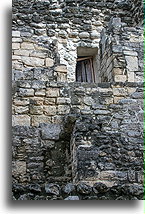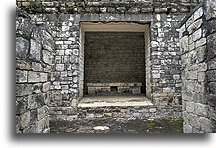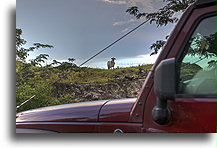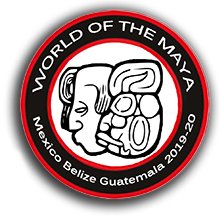Maya architecture
October 12
High humidity greeted us in the morning. The concentration of water vapor in the air was 90% at the temperature of 28 °C / 82 °F. The whole body was sweating like in a sauna. It was easy to realize, we were in the rainforest. We had breakfast, then a bath, and finally a visit to a nearby village to replenish our water supply. In the early afternoon, we found ourselves at Chicanna, among the ruins of the old Maya city.
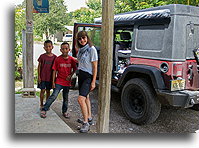
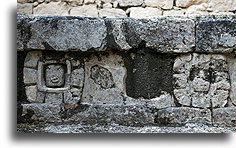
Archaeologists suggest that Chicanna was dependent on nearby Becan for much of its existence. To our surprise, there are only small buildings in this city. There are no pyramids here, only palaces scattered rarely. The high quality of the decorations that has survived to our times suggests that elites inhabited the city. We learned that Chicanna is one of the best examples of mixing Maya architectural styles.
Examples of the Rio Bec style are the relief panels in the several buildings. The ferocious mask doorway in Structure II resembles a “mouth.” This is typical of the Chenes style. Long-nosed masks in the corners of Structure XX are characteristic of the style known as Puuc.
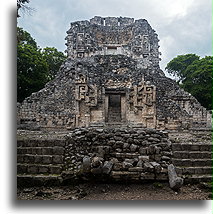
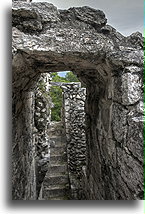
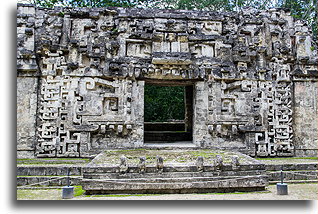
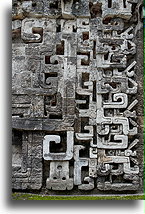
The ornaments in Structure II are the representation of Itzamna, an upper god and creator deity. The façade resembles a great face with an open mouth. There are teeth on the front steps, on the sides and above the door. Geometric elements symbolize eyes and ears. The doorway constitutes entrance into oral cavity and symbolically indicates the entrails of the powerful god. Inside there were several rooms with the traditional Corbel vaults. Side rooms have stone benches that were used for sleeping. Center room was most likely used for ritual ceremonies.
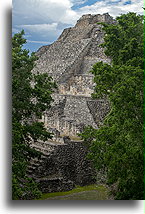
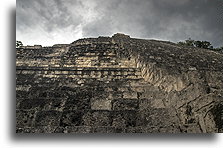
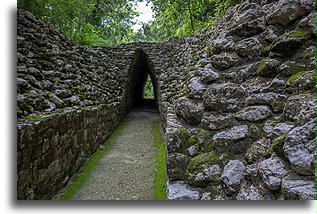
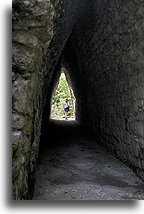
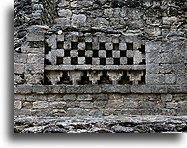
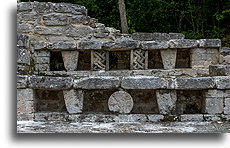
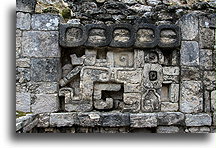
Becan was another ancient Maya city we visited on the same day. It turned out to be the opposite of little Chicanna. Becan with densely built-up layout was the political, economic, and religious capital of the region known today as Rio Bec. An interesting fact is that at one point Becan traded goods with powerful Teotihuacan located more than a thousand kilometers to the west. The construction of major buildings stopped around AD 830 what suggest that elites was no longer present in the city. Becan became completely abandoned arround AD 1200.
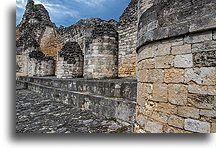
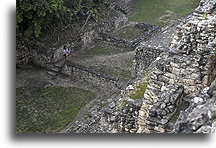
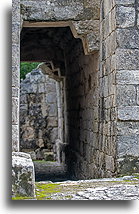
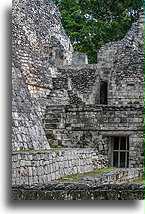
In this city, we were very impressed by the tunnel. It runs along the Structure VI. It is approximately 17 m long and is extended is by high wall passageway. The tunnel connects two sections of the city. The tallest in the city is Structure IX. Enormous stairway provides access to the temple built in the upper part. Becan gives the impression of a densely populated city. Many narrow stairways and small stone passageways connect several structures. There is a lot to see here, but it requires a bit of climbing different floors of stone buildings. In the evening, we left for Uxmal.
